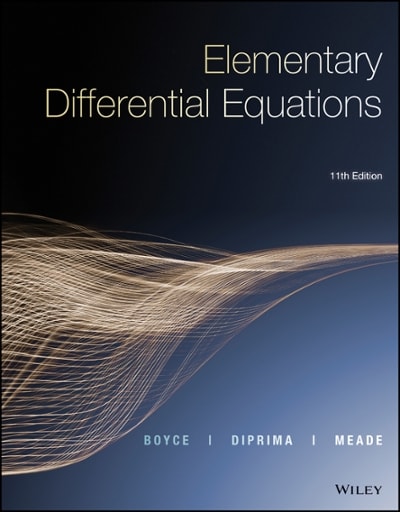TIME SERIES
SOLVE WHAT U KNOW THERE 4 QUESTIONS HERE
Question 7 [14] A time series and ACF plots of thousands of monthly USA airline passengers from January 1949 to December 1960 are given in Figure 7.1 below. Thousands of USA monthly airline passengers from January 1949 to December 1960 700 500 $00 #00 + Se. 300 200 Monthly total pas 0 1 10 19 28 37 46 55 64 73 82 91 100109118127136 time V1 Coefficient 1.0- Upper Confiden Lower Coniden 0.6- -05- -10- 1 2 3 4 5 6 7 8 9 10 11 12 13 14 15 16 Lag Number Figure 7.1: Time series & ACF plots (a) Discuss the stationarity of these data series i.e. include what you would do to make the data series stationary. (5) (b) The SPSS output from the model estimation based on the natural log-transformed series, regularly and seasonally differenced series is given in Table 7.1 below.Table 7.1: Model estimation NOTE: V1 is the monthly USA airline passengers data series Residual Diagnostics Number of Residuals 131 Number of Parameters 2 Residual of 128 Adusted Residual Sum of Squares 183 Residual Sum of Squares . 188 Residual Variance 1001 Model Std Bror 037 Log-Likelihood 244.705 Akaike's Information Criterion (AIC) -483.410 Schwarz's Bay esian Criterion (BIC) 474.785 Parameter Estimates Estimates Std Error t Approx Sig Non-Seasonal Lags MA1 402 080 5.014 000 Seasonal Lags Seasonal MA 1 569 084 6.630 .000 Constant 1000 .001 -166 .869 (i) Name the model as SARIMA (p, d, q) x (P, D, Q) I. (2) (ii) Write down the model estimated in Table 7.1. (3)(c) Figure 7.2 below shows the residual analysis for the model estimated in (b) above. Autocorrelations Series: Error for V1 from ARIMA, MOD_1, CON, LN Autocorrel Box-Ljung Statistic Lag ation Std. Error Value df Sig. b .022 OBE 085 798 .020 .OBE 118 943 -. 129 .086 2.394 495 -. 104 .085 3.885 422 .073 .085 4.630 .483 073 085 5.379 496 -.054 .084 5.791 . 564 ..025 084 5.878 . 113 .084 7.711 -.050 .083 8.070 .013 .083 8.096 -.052 .083 8.487 .012 .082 8.508 029 .082 8.638 058 082 9.107 -.143 .081 12.217 729 a. The underlying process assumed is independence (white noise) b. Based on the asymptotic chi-square approximation. Error for VI fromARIMA. MOD_1. CON. LN 1.0- Upper Cantienes U Lower Dontlenice U 0.5- ACF 0.0- -0.5- 8 7 8 9 10 11 12 15 14 15 16 Lag NumberError for V1 from ARIMA, MOD_1. CON, LN Confidant Upper Confidence Li Lawar Confidence Li Partial ACF 0.0- -1.0 10 12 13 14 15 18 Lag Number Figure 7.2: Residual Analysis Discuss the adequacy of the model estimated in (b) using outputs in Table 7.1 and Figure 7.2. (4)










